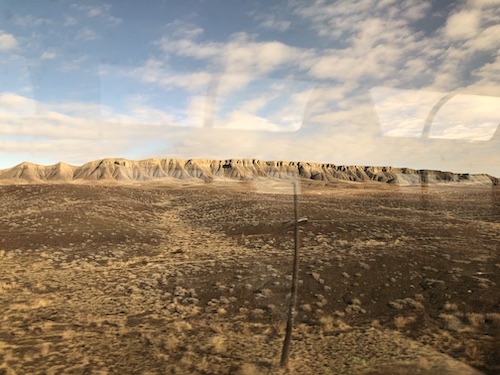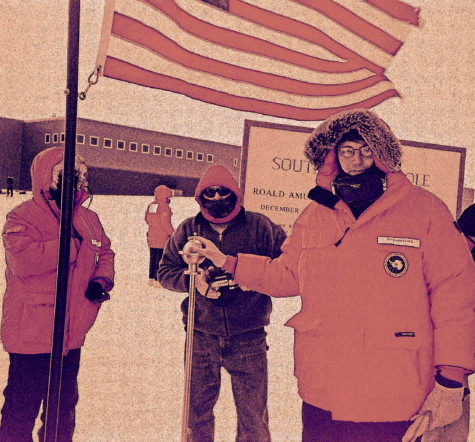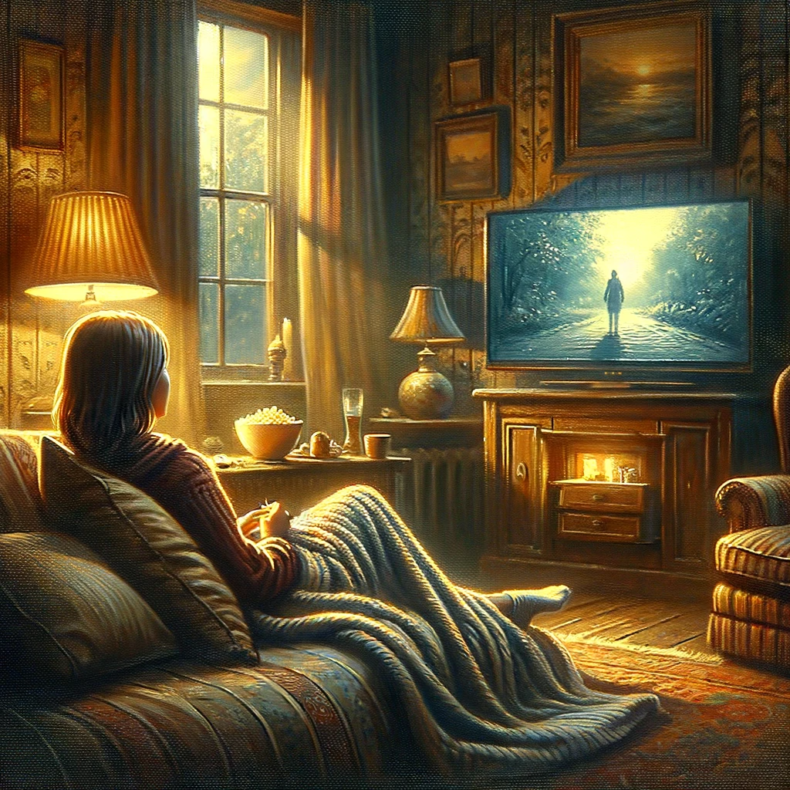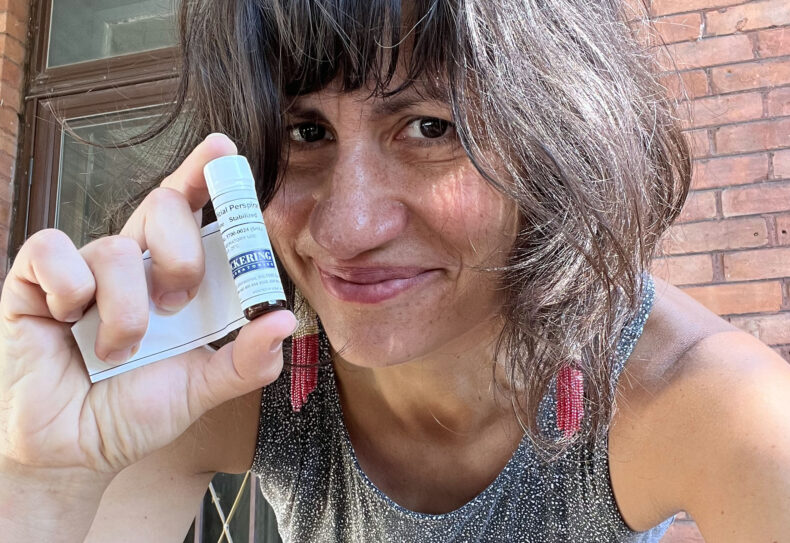I first wrote the following post about how much I love new calendars in January 2020, when I was full of ideas and plans about the coming year. Oops. But even as the pandemic waxed and waned, I continued to love calendars. I’d head into January with the idea that I needed to start this new month, and this new year, with renewed energy and enthusiasm. I opened up my clean new calendars, I made lists, I came up with “programs.” This was the year that I’d get on top of my finances, that I’d finish the book, that I’d become both a dedicated meditation practitioner, adept at slowing down and being in the present moment, and also pack the days with everything I wanted to learn: Spanish, mandolin, quilt-making, capoeira.
Well. By the end of January, all my plans fizzled. Instead of starting the year strong, I’d fall on my face. Last year, the one thing I completed in January was binge-watching the series “Younger,“ which felt like it was speaking directly to my soul. I, too, had spent all this time raising my kids and now was in the no-woman’s-land doldrums of middle age (but, unfortunately, no one was confusing me for Sutton Foster.)
Around the same time as I descended into the first of seven seasons, I began hearing rumblings of rebellion against January as a month of getting your life together. I’d get newsletters from writers like Anna Brones talking about using midwinter as a time of restoration. Hmm. Was that even possible for a calendar lover?
I’m giving it a try. I did buy my big Ansel Adams calendar, but it’s still sitting in the closet in shrinkwrap. I have a daybook, but I haven’t written in it for the past two days. I still haven’t gotten the 2024 edition of the desk calendar I’ve been relying on for several years to track activities and adventures.
I feel . . . surprisingly ok. The days seem less packed, and I haven’t been worried that I’m already behind, because I wasn’t trying to get ahead. I’m finding myself looking more at the trees and the winter stars.
One more good thing: by the time I get my desk calendar, it will probably be on sale. Look at me, making progress on my finances after all!
*
So, on Monday I went away to get some writing done. I was at a cheap AirBnB 10 minutes from my house. It’s the first week in January, and although I’m one of those people who doesn’t believe in New Year’s resolutions, I wanted some time at the beginning of the year to see where I was on some various projects. And to work on my calendars.
Continue reading →







